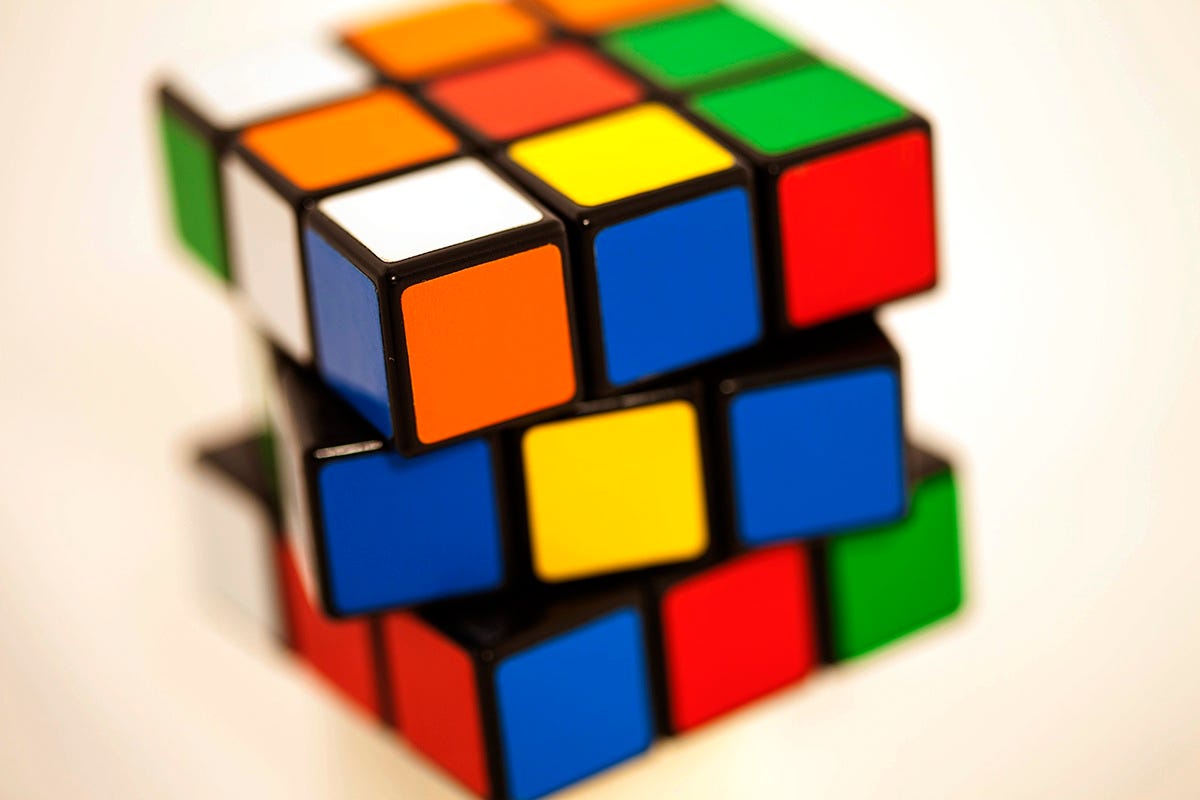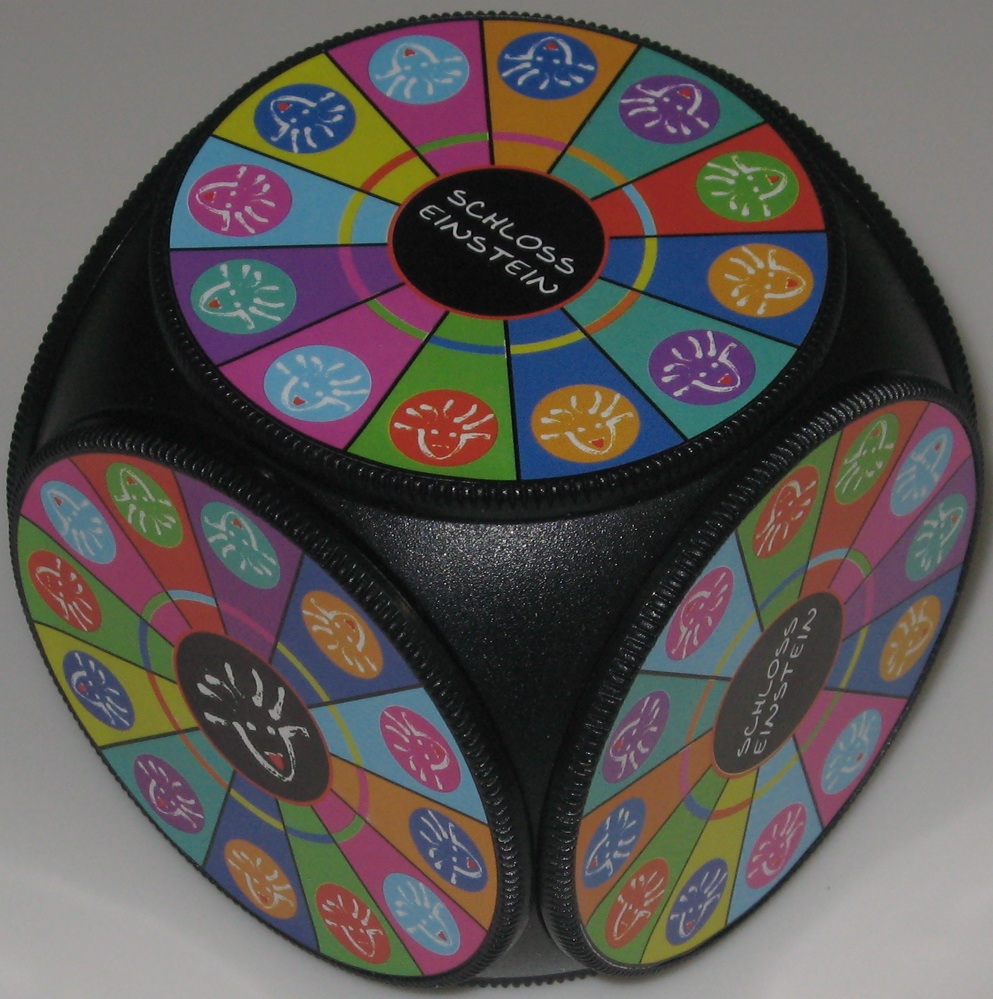Estimado lector que rozas una vez más la suave y policromada pluma del Tocororo:
Albert Einstein, Premio Nobel de Física, el científico más importante del siglo XX y posiblemente el segundo de toda la humanidad (el primero es Isaac Newton sin duda alguna) , visitó La Habana el 21 y 22 de diciembre de 1930. Su estancia en la capital se debió a que el Belgenland, barco en que viajaba desde la ciudad holandesa de Amberes, hizo escala en el puerto de La Habana antes de cruzar por el canal de Panamá con destino a la ciudad de San Diego, en la costa norteamericana del Pacífico. En este último lugar lo recibiría Edwin Hubble.
Hubble fue uno de los más importantes astrónomos estadounidenses del siglo XX, famoso principalmente porque en 1929 había demostrado la expansión del universo midiendo el corrimiento hacia el rojo de las galaxias distantes. Hubble es considerado el padre de la cosmología observacional aunque su influencia en astronomía y astrofísica tocó muchos otros campos.
Un poquito de Física: Cuando un tren se acerca a nosotros a gran velocidad haciendo sonar su silbato, notamos una subida en el tono de su sonido (la frecuencia aumenta) pero cuando el tren se aleja de nosotros apreciamos una bajada de ese tono (la frecuencia disminuye). Este fenómeno se conoce como Efecto Doppler y también se produce en el caso de la luz de forma que si miramos hacia una estrella que se acerca a gran velocidad percibimos su luz con un tono azulado pero si se aleja, ese tono sería rojizo. A esto se le llama corrimiento hacia el rojo.
El efecto Doppler puede usarse para medir la velocidad de los coches en la carretera utilizando ondas de radio de onda muy corta. (RADAR).
El propio Einstein, quien creía en un principio en un universo estático, introdujo de forma artificial un término extra a sus ecuaciones, denominado constante cosmológica, para evitar el fenómeno de la expansión. Tras los resultados publicados por Hubble, Einstein se retractó y retiró este término, al que llamó “el mayor error de mi carrera“. Einstein hizo entonces un famoso viaje a Monte Wilson en 1931 para agradecer a Hubble que hubiera sentado las bases de la cosmología moderna.
La alegría de los científicos cubanos de conocer y dialogar con el más notable de los físicos de todo el mundo era tan grande como la preocupación que tenían por la tensa situación social y política que vivía Cuba. Eran tiempos en que el General Gerardo Machado, apoyado por las fuerzas represivas y el apadrinamiento del gobierno yanqui, había prorrogado su mandato presidencial convirtiéndolo en una cruel dictadura. El descontento popular crecía y los estudiantes y revolucionarios se organizaban para enfrentar valientemente a aquel odioso y sangriento régimen. Hacía pocas semanas que en una protesta popular contra el gobierno las balas de la policía habían asesinado a Rafael Trejo, uno de los líderes universitarios más queridos y para colmo, la Universidad acababa de ser clausurada por decreto presidencial.
Los dirigentes de la Academia de Ciencias Médicas, Físicas y Naturales de La Habana y de la Sociedad Geográfica de Cuba trataron de hacer todo lo posible para disimular aquella realidad y darle el tratamiento que correspondía a tan distinguida y singular personalidad. A las ocho de la mañana del día 21 abordaron el barco para darle la bienvenida. También había decenas de periodistas.
Einstein agradeció el saludo de los académicos, dijo algunas palabras a los reporteros y posó para los fotógrafos y camarógrafos cubanos y extranjeros.
Aunque era el mes de diciembre Einstein sudaba mucho y constantemente colocaba sus manos sobre los ojos, a modo de visera, para protegerse de la intensa claridad del sol. Los anfitriones le propusieron un programa que comenzaba con una visita oficial al secretario de Estado de Cuba para luego continuar a la Academia de Ciencias, donde recibiría el homenaje de los científicos cubanos. Seguidamente saludaría a la comunidad hebrea residente en la capital y terminaría la jornada matutina almorzando en el hotel Plaza. Él lo aceptó todo con su acostumbrada cortesía y sencillez, pero pidió que antes lo llevaran a algún lugar donde pudiera comprar un sombrero que resguardara su cabeza y sus ojos de aquel intenso sol.
Sus anfitriones eligieron “El Encanto”, la más famosa tienda de ropas de la ciudad, considerada una de las mejores de América Latina. Previamente el Ingeniero Millás había llamado a José Solís, gerente del establecimiento, para prevenirle de la visita y de su intención. Solís recibió al sabio en la entrada del comercio e inmediatamente lo llevó al departamento de sombreros. En aquellos tiempos estaba de moda usarlos y el comerciante buscó en sus almacenes el mejor que tenía: un sombrero de Panamá.
A Einstein le gustó mucho porque era muy cómodo y justo de su medida. Pensó que era fabricado en la isla, pero le llamó la atención oír que era de Panamá y quiso que le aclararan esa duda. Solís le dijo que el sombrero no estaba hecho ni en Cuba, ni en Panamá, sino en Ecuador, en una región llamada Jipijapa donde abunda una palma del mismo nombre cuyas hojas tienen unas características muy especiales y cuyos aborígenes heredan, por generaciones, la habilidad de trenzar y darle forma y tamaño a cada sombrero que requiere de dos a tres meses de intenso trabajo para hacerlo.
Y continuó Solís: este sombrero usted podrá estrujarlo, aplastarlo o pisotearlo y siempre volverá a adquirir su elegante aspecto original. Así es este genuino sombrero de Jipijapa. En cuanto a su otro nombre, se lo pusieron los ingenieros y jefes de obras norteamericanos cuando construían el canal de Panamá a principios del siglo XX. Ellos no sólo lo usaban por su comodidad, frescura, y elegancia, sino también porque al ser tan exclusivo y caro se diferenciaba de las raídas gorras o sucios sombreros que usaban los peones o trabajadores corrientes. Así se reconocía de inmediato, como si fuera la gorra entorchada de un general, la autoridad de los mandamases extranjeros que preferían decir que sus sombreros eran de Panamá a darle crédito a aquella humilde región ecuatoriana que los producía.
Cuando Theodore Roosevelt visitó el canal usó dicho sombrero, lo que aumentó su popularidad. Entre la lista de sus propietarios más famosos se encuentran el primer ministro del Reino Unido, Winston Churchill, el actor estadounidense Humphrey Bogart y el cantante Frank Sinatra.
La ciudad ecuatoriana de Cuenca es el productor principal; sin embargo, el cantón de Montecristi tiene la reputación de producir los sombreros de calidad más fina. Según la tradición, los sombreros de Jipijapa se realizan a partir de las hojas trenzadas de la Carludovica palmata.
Einstein escuchó con atención esos relatos e insistió en pagar por el sombrero. Solís, hombre agradable y convincente, le dijo que era un obsequio de la tienda. Ante la insistencia de Einstein, Solís le expresó entonces que sería un honor para “El Encanto” el tener de recuerdo un retrato suyo hecho en el taller de fotografía de su comercio. El científico lo complació a pesar del poco tiempo disponible.
Gonzalo Lobo era uno de los mejores retratistas de La Habana y firmaba sus fotografías con el pomposo nombre de Van Dyck. Su estudio formaba parte de la gran variedad de departamentos que tenia la tienda para complacer a la exigente burguesía cubana. El fotógrafo con su desenvoltura habitual colocó al sabio delante de un fondo negro para resaltar las canas que cubrían la desordenada cabeza del sabio y captó su expresión característica con la mirada bondadosa e inteligente que caracterizaba su rostro. Así fue la primera visita que realizó el científico en La Habana, acompañado por su esposa Hedwig y sus cicerones cubanos.
Luciendo su fresco sombrero de Jipijapa fue a la Secretaria de Estado y después, escoltado por un ejército de periodistas, asistió al homenaje que le ofrecieron los miembros de la Academia de Ciencias. Saludó a la colonia hebrea de La Habana y concurrió al almuerzo que le brindaron los científicos en el hotel Plaza. Por la tarde se interesó por ver la naturaleza cubana y efectuaron un recorrido en dos autos por la zonas rurales de Santiago de las Vegas, donde pudo admirar las palmas reales y el verdor de la campiña criolla, el recién inaugurado aeropuerto de Rancho Boyeros, la Escuela de aviación Curtis, el embellecido pueblo de Boyeros con su flamante Escuela Técnica Industrial, el Asilo para enfermos mentales de Mazorra y los hermosos jardines del acueducto de Vento. Luego recorrieron el exclusivo reparto de Miramar y las lujosas Sociedades del Havana Yatch Club y el Country Club. No hubo paradas, solo un rápido vistazo por todos aquellos lugares porque a las cinco de la tarde estaba señalada una recepción en la Sociedad Cubana de Ingenieros.
La comitiva no llegó a la hora señalada sino mucho más tarde. Estaban agotados y a Einstein le esperaba, como en la mañana, saludos, abrazos, discursos, brindis y una interminable fila de caza autógrafos. En medio de aquella agobiante aglomeración de invitados y curiosos, de oír palabras cuyo idioma desconocía y de sonreír a todos, se escabulló finalmente hasta el auto donde lo aguardaba su esposa. Prácticamente huyeron para refugiarse en el camarote de su barco. Pero también allí le esperaba una invitación especial que el gobierno le hacía para que descansara en el recién construido Hotel Nacional, el mejor hotel del Caribe. Agradeció el ofrecimiento, pero rehusó aceptarlo.
Al día siguiente, temprano, el director del Observatorio Nacional, ingeniero Millás y su esposa fueron a buscarlo al trasatlántico y como sabían que no le gustaba el protocolo, ni los halagos, le propusieron ir a donde él quisiera. Einstein agradeció la idea y pidió ver los lugares más pobres de la ciudad. Y Millás lo llevó a los solares de la Habana Vieja y los repartos de “Llega y Pon” y “Pan con Timba” nombres que le resultaron muy ocurrentes y simpáticos porque reflejaban el humor de aquellos infortunados, en su mayoría negros.
También conoció el Mercado Único con sus puestos de pescado, frutas y carne fresca, y escuchó a los pregoneros con sus alegres ofertas. Ello le dio una visión real de cómo vivían la mayoría de los cubanos. A su regreso, el barco ya estaba listo para continuar su viaje. Lo esperaba el viejo Solís para regalarle una elegante ampliación del retrato captado por Lobo y también estaban las autoridades, académicos, periodistas y otras personalidades para despedirlo. El barco partió a la una en punto de la tarde y mientras se alejaba, en la cubierta, el sencillo sabio decía adiós a sus amigos habaneros agitando su sombrero de jipijapa.
Al atardecer de ese mismo día, en la vidriera principal de “El Encanto” en la calle Galiano, el decorador dio los retoques finales a una elegante escenografía para homenajear a Einstein. Se apreciaba una gigantesca ampliación del retrato que le había hecho Gonzalo Lobo acompañada de una docena de fotos del reportero grafico Rafael Pegudo que mostraban varios momentos de la visita del científico a la capital. En un rótulo cuidadosamente dibujado se destacaba una frase que Einstein había dicho a la prensa a su llegada a La Habana: “La Ciencia une a los hombres y evita las guerras”












